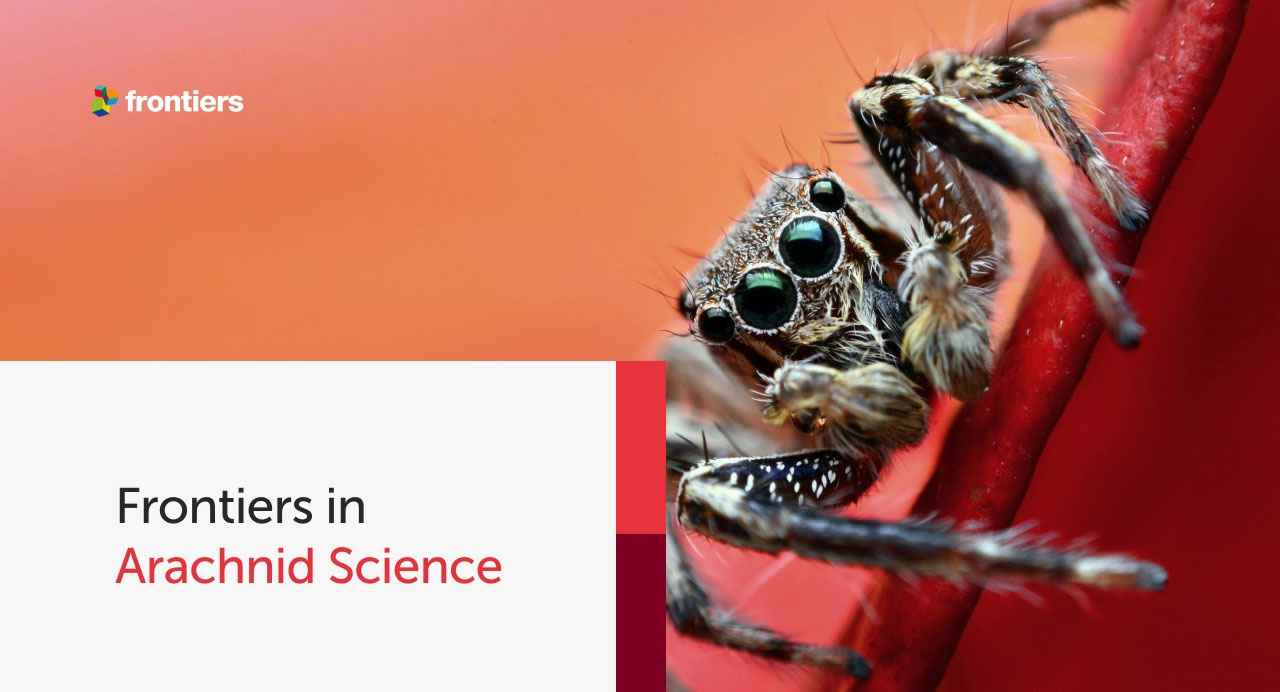Grand challenges in research on arachnid diversity, conservation, and biogeography
Arachnids, an ancient lineage of chelicerate arthropods, are the largest order of carnivorous animals on the planet. Their diversity and abundance render them the prominent predators of insects and other arthropods in most ecosystems. Yet, they are relatively poorly known, for example, the known diversity of spider around 51,000 species represents but a fraction of their actual diversity that may be as great as 150-200,000 species. Arachnids as a whole may comprise a lineage of over a million species. Most of the yet to be discovered species are likely tropical. Recent years have seen a major growth in the understanding of arachnid biogeography, where they are highly informative due to great variability in dispersal potential. Some spiders are among the first organisms to arrive in any newly formed habitat, such as islands emerging from the sea, other arachnids may move less than a meter in their entire lives. With respect to conservation, research on arachnids is just beginning to emerge. Yet arachnids show great promise in conservation biology due to their diversity, role as key predators, and the highly geographically structured populations of dispersal limited groups. Thus opportunities in research of arachnid diversity, conservation, and biogeography abound.
Get the full article here: Agnarsson, 2023 Grand challenges in research on arachnid diversity, conservation, and biogeography




